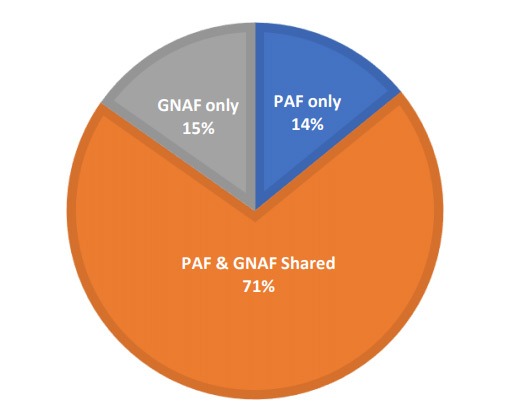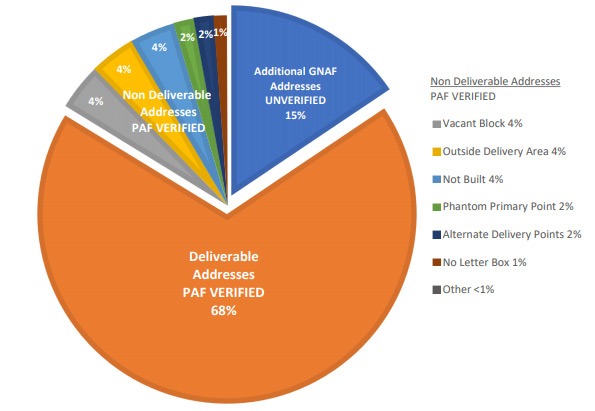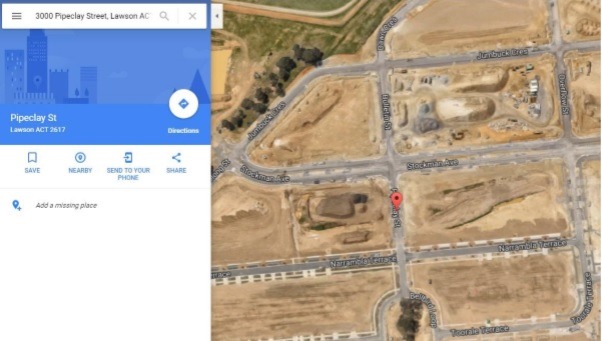DataTools OptiSource System™
More Data Sources
When it comes to verifying addresses, the quality of your results depends on the quality of the reference sources used – and even though some come close, no single data source can give you complete address coverage. Our OptiSource System™ sources the best datasets available from multiple suppliers in one system to give you the very best, utmost accurate results.

More Data Sources
Quality datasets mean more accurate results
View our comprehensive range of datasets across the globe.
Australian Address Verification
For Australia there are two main data sources that DataTools use- the PAF and GNAF.
PAF – Postal Address File
The PAF is Australia’s best file of verified deliverable addresses. It contains every deliverable address point in Australia – currently almost 15 million addresses.
It includes not only street addresses but unit information and postal addresses such as PO Boxes.
Compiled and maintained by Australia Post, the PAF was designed primarily to assist them with the delivery of mail. Data is sourced from local, state and territory government land records and Commonwealth government agencies. The quality is extremely high. Data is sourced from local government and then verified by Posties delivering the mail.
GNAF – Geocoded National Address File
The GNAF is Australia’s best file of geocoded addresses. It contains just over 15 million Australian addresses geocoded to different levels of accuracy. The GNAF data is compiled and maintained by Geoscape Australia using data sourced from Australian state and territory government land records and Commonwealth government agencies. The quality is extremely high. While the PAF is focused on deliverable addresses, the GNAF contains official addresses and “unofficial” addresses not recognised or recorded by an authoritative body such as a land agency. These include ATMs, tree plantations, reserves and substations.
New Zealand Address Verification
For New Zealand there are three main data sources that DataTools use- the PAF, NZAD and LINZ.PAF – Postal Address File
The PAF is New Zealand’s best file of verified addresses deliverable by New Zealand Post.NZAD – New Zealand Address Dataset
The NZAD dataset contains all addresses in New Zealand Post’s National Postal Address Database.LINZ – Land Information New Zealand
The LINZ dataset is New Zealand’s best file of geocoded addresses. The LINZ contains just over 2 million New Zealand addresses geocoded to different levels of accuracy. This dataset has been sourced from LINZ’s Address Information Management System (AIMS), a centralised database for the management of national addresses, including for electoral purposes.International Verification
DataTools partners with the leading data quality organisations in specific countries to deliver address verification for more than 245 countries and territories.Frequently asked questions
Why?
Let’s use the example of 59 ROSEMONT ST S, PUNCHBOWL NSW 2196 discussed above. If you simply verified this address against the GNAF, or a merged PAF GNAF source the address would come back as correct, which isn’t quite right. It was correct in the past prior to it being merged with its neighbouring lot. If you verified it against the more up-to-date PAF first, the address would be updated to its current form of 59-61 ROSEMONT ST S, PUNCHBOWL NSW 2196, which is the correct address.
NEW: View our latest case study on Google Autocomplete Address Validation | What Google Isn’t Telling you.
4 Myths about Google Autocomplete Address Validation
You would be hard placed to find someone who hasn’t heard of them. They are a household name around the world and have even become part of our everyday language. I’m sure we’ve all said, “Hang on – I’ll just google it” for example. Whilst they are still the most popular internet search engine on the planet and have some amazing tools, recently they’ve been expanding into the address auto-complete market as a supplier for website forms, so we are often questioned as to why our solutions are better. When talking about the differences between Kleber and Google’s API we often hear about these common myths.
Myth 1. Google data is universal and complete
Because of the rate at which they update their data, Google has some obvious blind spots. Romley Road, Armstrong Creek near Geelong in Victoria is an example of an entire road that can’t be found using Google’s address search (correct at time of writing)
The worldwide coverage presented by Google maps doesn’t necessarily produce good quality addresses either. For example, 9 Hamilton Ave Surfers Paradise is the address for Q1 Tower on the Gold Coast – the tallest building in Australia. Google will find it, but only gives an address for the entire building. However, there are over 550 unique addresses within the building. How will the delivery company know which one of these addresses to leave the parcel with?
This problem is replicated across Australia and New Zealand with any office and apartment blocks. Simply finding the building address isn’t detailed enough for deliveries. Kleber uses address data direct from official address sources such as Australia Post, New Zealand Post, Canada Post, Royal Mail, etc. We publish updates and changes to our service every quarter to make sure you have the most up to date records available
Myth 2. Google validates addresses for delivery
Google maps is primarily a geolocation service, designed to plot places on their maps, not designed as an address validator. Ultimately, this means that Google is able to plot locations that are not valid, deliverable addresses. For example, Google maps will happily locate ‘2166 Hamilton Highway Lismore VIC 3325
If you take a quick look though you will quickly see that there are no buildings or infrastructure at all at this “address” so no mail would ever be delivered to it. However, without actually looking each address up individually – how would you know if the address presented is deliverable? Another example – Google “finds” the address 2 Pipeclay St Lawson ACT for us….
but it also “finds” 3000 Pipeclay St Lawson ACT in the EXACT same location. Given the length of the small block – this is highly unlikely.
That is because Google tries to provide a relatively good estimation of where an address would be on a map. It cannot tell you what the address is, or more importantly – format it correctly. Kleber will only ever retrieve valid delivery addresses that are formatted correctly
Myth 3. Google is unique in offering auto-suggest results for addresses
Not true. There are many other providers of addressing services where you can begin typing and matching addresses are found. DataTools’ own address validation solutions have been providing this option since 2010 and we’ve been upgrading it constantly ever since. This functionality allows users to search on any part of an address and copes with misspellings and typos (like extra spaces or missing characters). The data returned is verified against delivery point data from official sources such as Australia Post, New Zealand Post, Canada Post, Royal Mail in the UK, etc.
Myth 4. It’s completely free
Depends on your usage and the type of application. It can be free if you have a public site and only need to verify low volumes of addresses. There is a Premium Plan for customers who require an SLA and who expect to process large volumes; each autocomplete API request consumes 0.1 credits. It’s also worth noting that you only get access to technical support when you’re a paying customer. Information correct at time of writing – it could all change. Also – just consider, as a large search engine that is constantly using ‘big data’ to serve up appropriate advertising to its users – what happens with all the information collected via your forms?
Basically, if an accurate, deliverable address is important to the efficiency of your processes then Google will not deliver the goods (excuse the pun).
Machine Learning (ML)
& Artificial Intelligence (AI)
The Human Touch™
The Human Touch™ algorithms make sense of information in the same intuitive way a human would.
Using advanced machine learning models, the Human Touch™ algorithms are continually learning addresses and every possible address format. With the inclusion of your usual address interpretation methodologies such as intelligent location awareness; fuzzy logic; phonetics; bordering localities etc.
DataTools is able to deliver the most advanced address quality solution available. This means we deliver up to 10% fewer exceptions, with 10% fewer manual verifications for 10% better data.
DataTools’ Human Touch™











